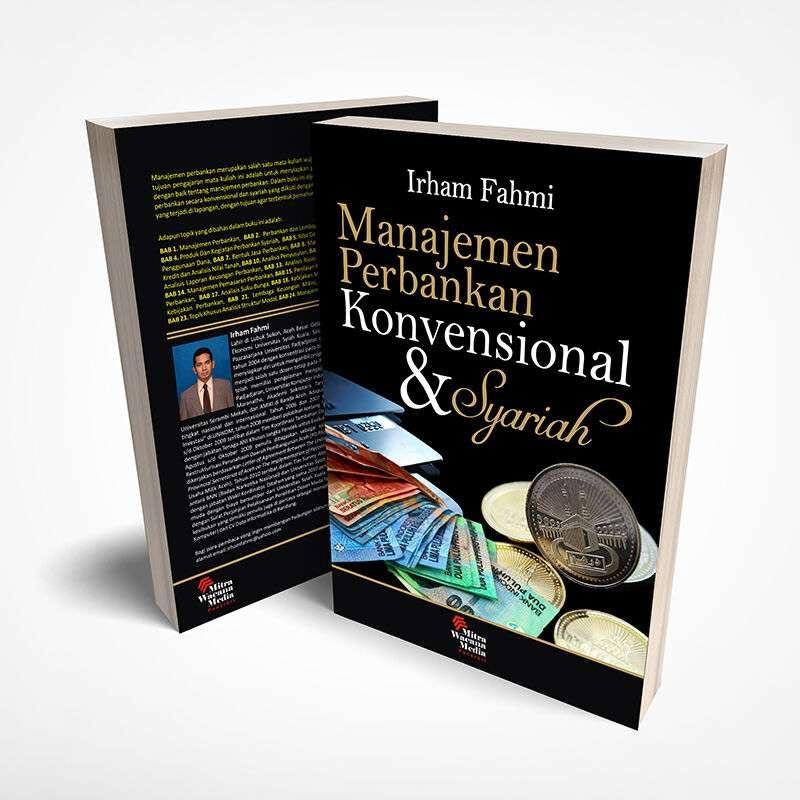

But banks are facing higher delinquencies as well. IFRS 17 and Solvency II: Insurance regulation meets insurance accounting standards IFRS and Solvency II encourage comparability and transparency from a regulatory and accounting perspective for insurers, but there are important differences.Ĭredit risk management is the answer Lending and loan volume is back up to pre-crisis levels.
#Buku Manajemen Perbankan how to#
General Data Protection Regulation: From burden to opportunity The General Data Protection Regulation stirs up mixed emotions, but Kalliopi Spyridaki shows how to use the new legislation for business advantage.ĬECL: Are US banks and credit unions ready? CECL, current expected credit loss, is an accounting standard that requires US banking institutions and credit unions to estimate life-of-loan losses at origination or purchase. The CFO and CRO – as the executives responsible for budgeting and supervision – tend to get caught in the middle of competing objectives.įrtb: a wait and see strategy could be risky FRTB, fundamental review of the trading book, is a regulation that changes how banks analyze market risk in the trading book to address systemic challenges. The analytical CRO and the risk aware CFO To create a more risk-aware organization, the most important collaborative relationship for the CRO is with the CFO and the finance team. Scenario stress testing: Beyond regulatory compliance Scenario stress testing offers banks a way to simulate responses to a financial crisis using a wide range of conditions and levels of severity.

Designed to increase financial transparency, IFRS 17 requires insurers to report in more detail on how insurance and reinsurance contracts affect their finances and risk. IFRS 17: Waiting is not an option IFRS 17 is a principles-based accounting standard for the future-oriented valuation of insurance contracts. Learn how to keep a long-term vision and achieve broader business value beyond the immediate demands of IFRS 17. Its fundamental objective is to provide transparency and insight to the insurance business while identifying strengths and areas for improvement. Beyond IFRS 17 – what's next? IFRS 17 is not just a new accounting standard.


 0 kommentar(er)
0 kommentar(er)
